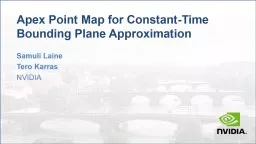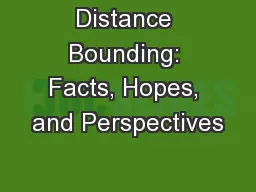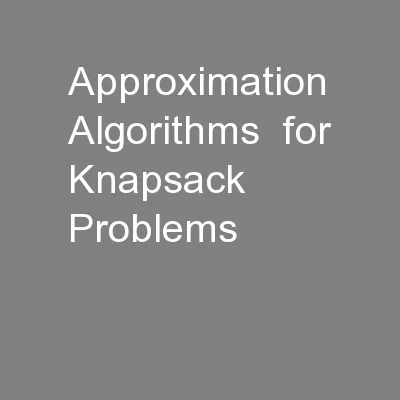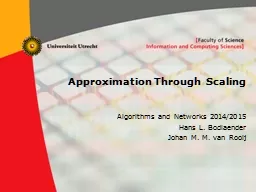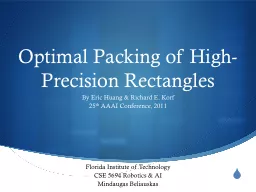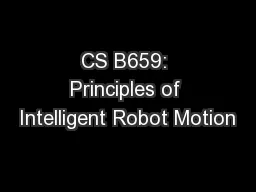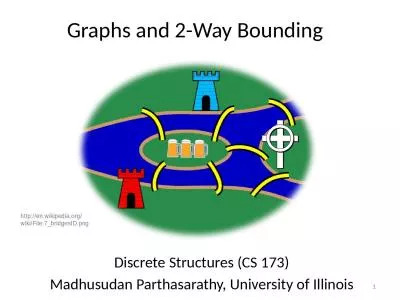PPT-Apex Point Map for Constant-Time Bounding Plane Approximation
Author : trish-goza | Published Date : 2018-09-21
Samuli Laine Tero Karras NVIDIA The Problem How to quickly find a good bounding plane with a given orientation Use Case 1 Ray Tracing and Rigid Motion Say we have
Presentation Embed Code
Download Presentation
Download Presentation The PPT/PDF document "Apex Point Map for Constant-Time Boundin..." is the property of its rightful owner. Permission is granted to download and print the materials on this website for personal, non-commercial use only, and to display it on your personal computer provided you do not modify the materials and that you retain all copyright notices contained in the materials. By downloading content from our website, you accept the terms of this agreement.
Apex Point Map for Constant-Time Bounding Plane Approximation: Transcript
Download Rules Of Document
"Apex Point Map for Constant-Time Bounding Plane Approximation"The content belongs to its owner. You may download and print it for personal use, without modification, and keep all copyright notices. By downloading, you agree to these terms.
Related Documents

